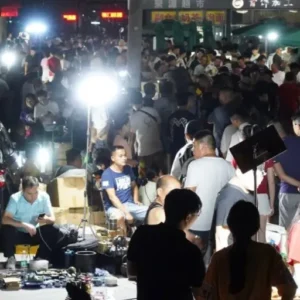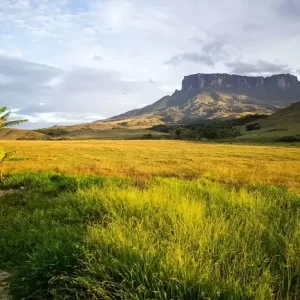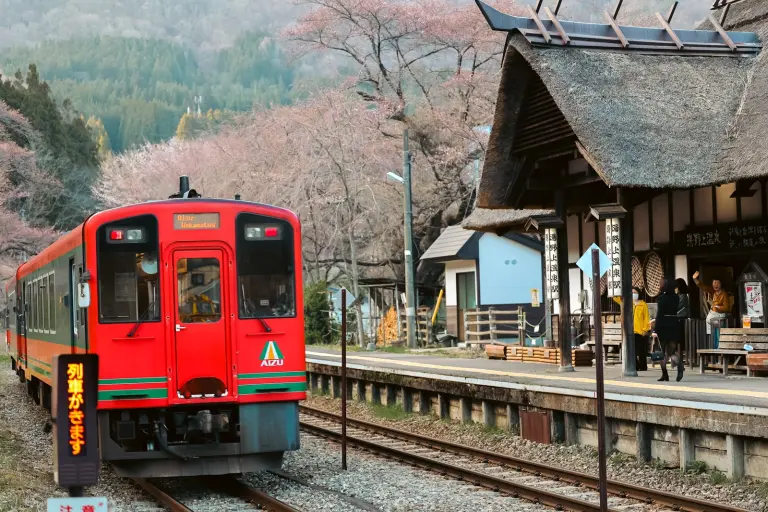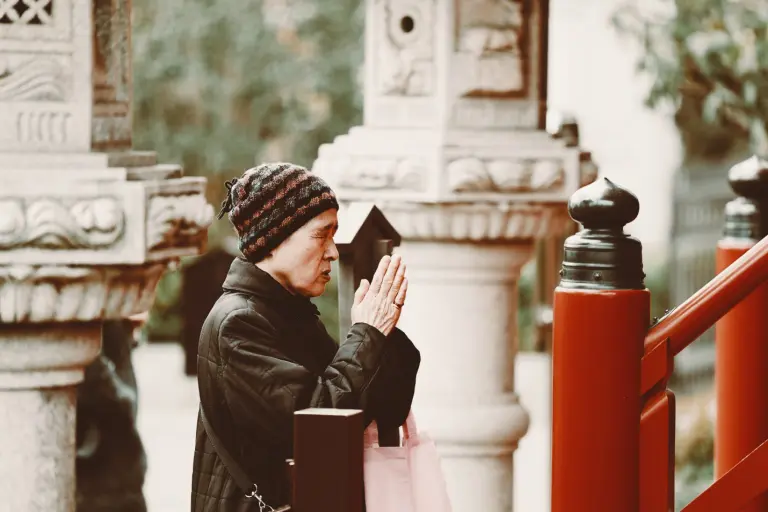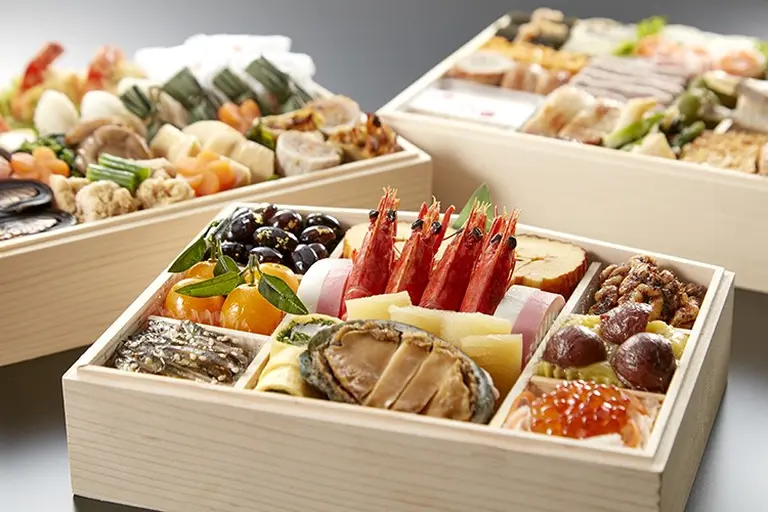Dochula Pass is one of the most famous tourist destinations in Bhutan, a place where breathtaking Himalayan landscapes meet profound history and spirituality. Perched high on the road between Thimphu and Punakha, this scenic mountain pass captivates visitors not only with its panoramic views of snow-clad peaks but also with its 108 sacred chortens that stand as solemn reminders of Bhutan’s past. To visit Dochula is more than just a journey to admire nature – it is an immersion into the soul of Bhutan, where every stone, flag, and monument whispers stories of sacrifice, devotion, and peace.. Đến nơi đây tận mắt chứng kiến thiên nhiên hùng vỹ và cảnh đẹp mê hồn dưới đây là thông tin vể đèo Dochula
Location of Dochula Pass
Nestled on the eastern edge of the Himalayas, the Kingdom of Bhutan is blessed with breathtaking mountain views and some of the happiest people in the world. Dochula Pass lies on the road from Thimphu to Punakha. It is one of the most popular stopovers for travelers because it offers a spectacular 360-degree panoramic view of the Himalayas.
The scenery is particularly stunning on clear winter days, when the snow-capped peaks create a majestic backdrop for the 108 memorial chortens (stupas) that line the mountain pass.
Dochula Pass was built as a tribute to the Bhutanese soldiers who sacrificed their lives in military operations for the nation. Today, it is not only a site of remembrance but also a beloved leisure spot. Bhutanese families often visit the pass during holidays and weekends for picnics, enjoying packed lunches and hot tea amidst the cool mountain air. For tourists, it is a dream location for photography, especially when the Himalayas are visible under the bright, clear sky.
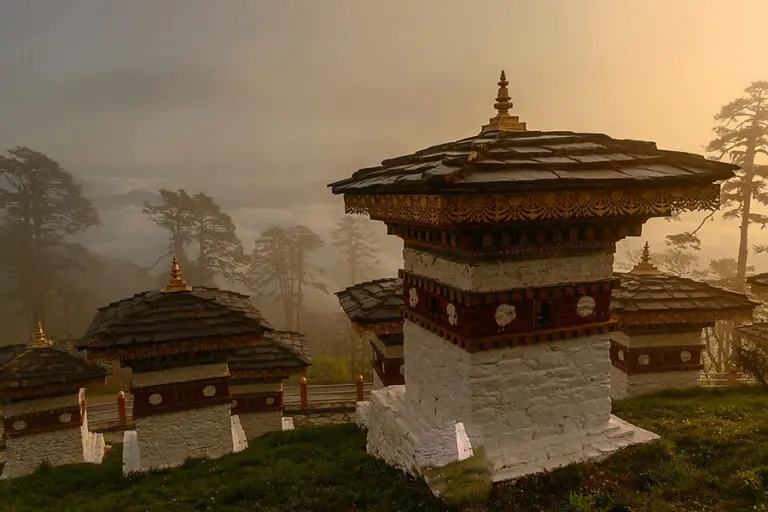
>> Traveling to Bhutan: What you need to know
Architecture of Dochula Pass
Stretching across Dochula Pass are 108 memorial stupas, known as the Druk Wangyal Chortens, each built to honor a soldier who fell in battle. The slopes of the pass are also decorated with colorful prayer flags fluttering in the wind. Each of the five colors represents a natural element:
- Blue for the sky
- Red for fire
- Green for water
- White for clouds
- Yellow for earth
For local Buddhists, these prayer flags symbolize reverence, and the sacred mantras inscribed on them are believed to spread blessings of peace and prosperity across Bhutan.
A visit to Dochula Pass is a vibrant yet deeply spiritual experience. As you travel along the road, the fluttering prayer flags frame the breathtaking view of the mighty, snow-covered Himalayas. Whether you arrive by car or on foot, you will likely leave with a sense of serenity and humility—emotions that the Bhutanese hold dear.
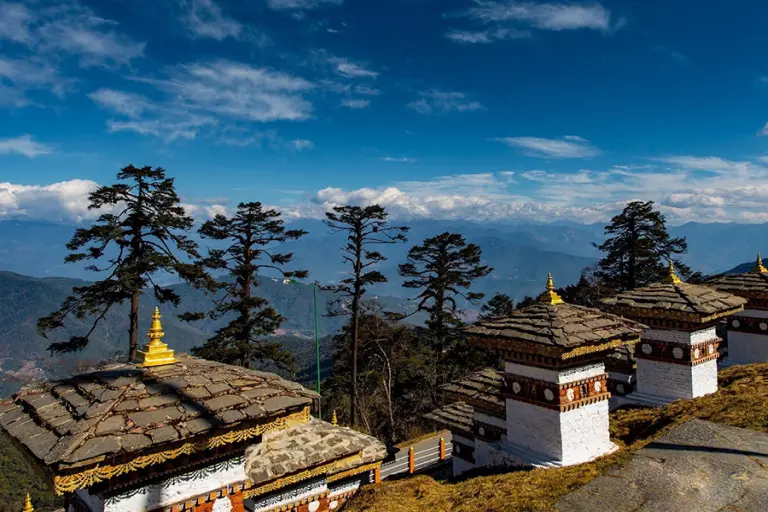
>> What to know before visiting Bhutan – Dos & Don’ts
Religious Significance of Dochula Pass
In Buddhism, chortens (stupas) are sacred monuments that typically enshrine relics of saints or are dedicated to the Buddha. The 108 Druk Wangyal Khang Zhang Chortens at Dochula Pass were commissioned by Bhutan’s Queen Mother, Ashi Dorji Wangmo Wangchuk, to honor the Bhutanese soldiers who died in December 2003 during operations against Assamese insurgents from India.
Under the leadership of King Jigme Singye Wangchuk, the Bhutanese army successfully cleared 30 insurgent camps along the border with Assam. The King returned to Thimphu on December 23, 2003, and approved the construction of the memorials. They were officially completed and consecrated with religious ceremonies in June 2004.
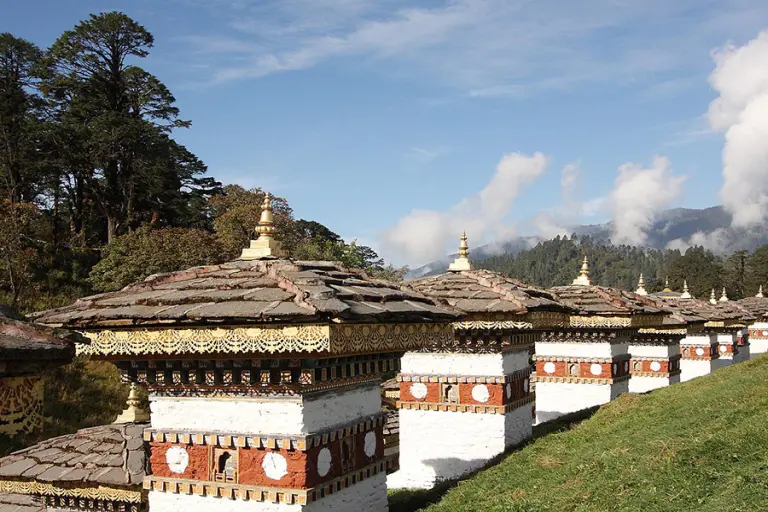
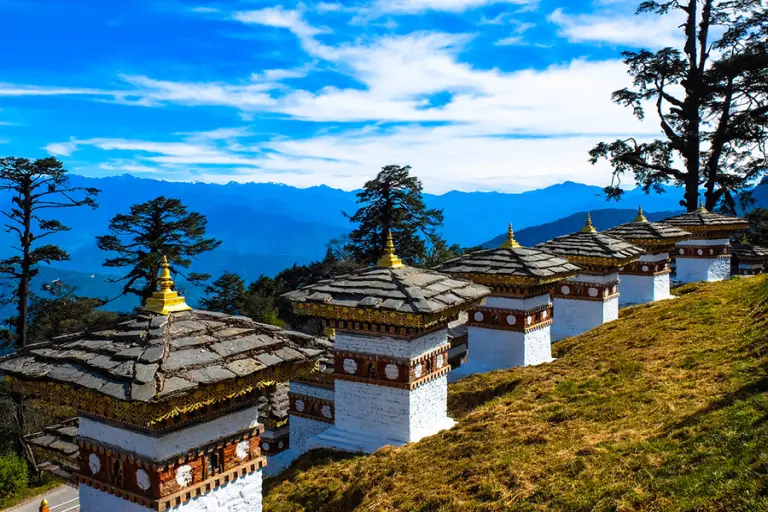
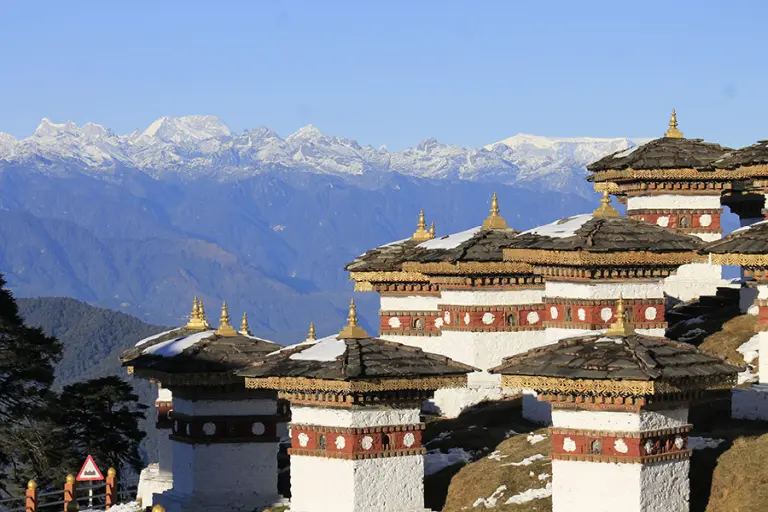
>> Top 6 highly-rated hotels in Bhutan you shouldn’t miss
Structure of the Dochula Chortens
The chortens at Dochula are arranged in three tiers around a central monument:
- The first level contains 45 chortens
- The second level contains 36 chortens
- The top level contains 27 chortens
Each chorten was constructed according to strict Buddhist rituals and traditions. Inside each lies a square wooden pole carved from juniper, called a sokshing, believed to connect heaven and earth. The roofs were painted bright red and installed on astrologically auspicious dates.
Sacred mantras were carved during construction, accompanied by chants and offerings. Each chorten contains religious items such as prayer bells, gemstones, and clay stupas, wrapped in fine silk as part of the consecration process.
Dochula Pass is not only a scenic highlight of Bhutan but also a sacred monument of faith, sacrifice, and peace. With its 108 chortens, fluttering prayer flags, and magnificent Himalayan backdrop, it remains one of the most unforgettable experiences for travelers exploring Bhutan.
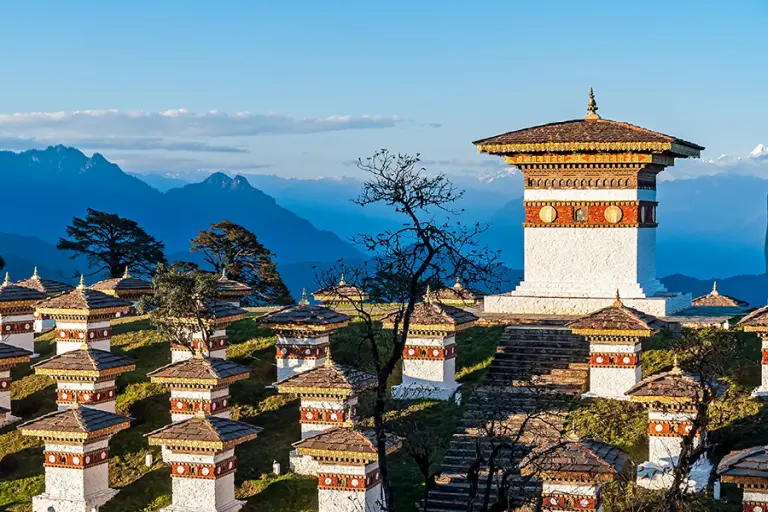
>> Signature Dishes of Bhutanese Cuisine
FAQ
What is Dochula Pass?
Dochula Pass is a mountain pass in Bhutan, located at an altitude of 3,100 meters (10,171 feet) between Thimphu (the capital) and Punakha. It is one of Bhutan’s most visited scenic spots, famous for its 360-degree panoramic views of the snow-capped Himalayas and the 108 memorial chortens (stupas) known as the Druk Wangyal Chortens.
Why is Dochula Pass famous?
Dochula Pass is renowned for two main reasons:
- Scenic Beauty – On clear days, travelers can enjoy breathtaking views of the Himalayan range, including peaks like Masagang, Kangphugang, and Table Mountain.
- Spiritual Significance – The 108 stupas were built by Queen Mother Ashi Dorji Wangmo Wangchuck in honor of Bhutanese soldiers who lost their lives in the 2003 conflict against insurgents. The site is both peaceful and deeply symbolic.
What are the Druk Wangyal Chortens?
The Druk Wangyal Chortens are 108 whitewashed stupas built in concentric circles on a hilltop at Dochula Pass. They symbolize peace, harmony, and remembrance. Walking among them, especially with prayer flags fluttering in the wind, is considered a spiritually uplifting experience.
Can you see the Himalayas from Dochula Pass all year round?
Not always. The best time to see the Himalayas is during winter (October to February) when the skies are usually clear. During summer and monsoon months, the view is often obscured by mist and clouds, but the pass still has a mystical charm even in foggy conditions.
What is the Druk Wangyal Lhakhang (temple) at Dochula Pass?
This temple was built in 2008 to commemorate the 100th anniversary of the Bhutanese monarchy. It is unique because it blends traditional Bhutanese art with modern elements, depicting not only Buddhist iconography but also Bhutan’s history, including the 2003 military operations. It’s a rare fusion of spirituality and national pride.
What festivals are held at Dochula Pass?
The Dochula Druk Wangyal Festival, held annually in December, is one of the highlights. It features mask dances, cultural performances, and warrior dances, honoring Bhutan’s protectors and showcasing traditional arts against the stunning Himalayan backdrop.
How do you get to Dochula Pass?
Dochula Pass lies on the Thimphu–Punakha highway, about a 45-minute drive from Thimphu. The journey itself is scenic, winding through pine forests and mountain roads. Most travelers stop here when traveling between Thimphu and Punakha.
What should travelers know before visiting Dochula Pass?
- Best Time to Visit: Winter months (Oct–Feb) for clear Himalayan views.
- Altitude: At 3,100 meters, some may feel mild altitude effects—walk slowly and stay hydrated.
- Weather: It can be chilly even in summer, so carry a jacket.
- Photography: The stupas, prayer flags, and mountain views make this one of Bhutan’s most photogenic spots.
- Quiet Respect: Remember, it’s both a memorial and a sacred place.
Dochula Pass is more than just a scenic stop—it’s a soulful journey where nature’s grandeur meets Bhutan’s spiritual depth. Whether shrouded in mist or under a crystal-blue winter sky, it leaves an unforgettable imprint on every traveler’s heart.


